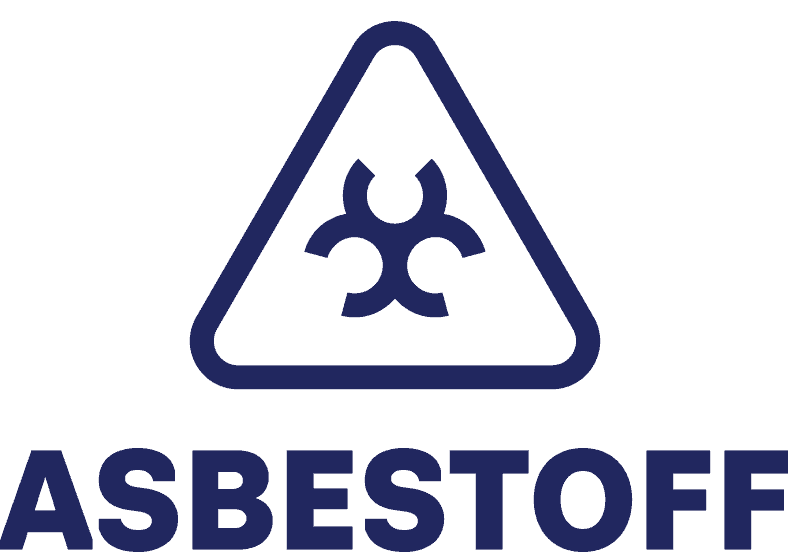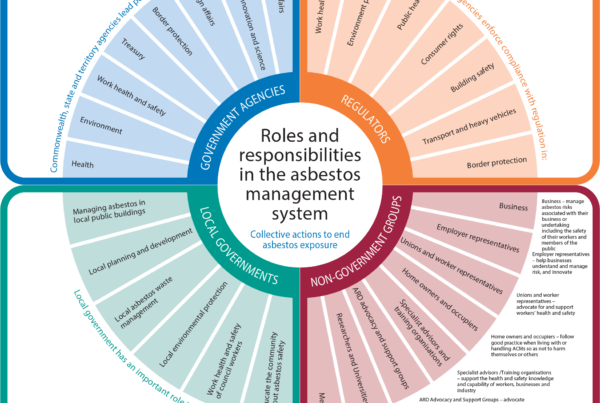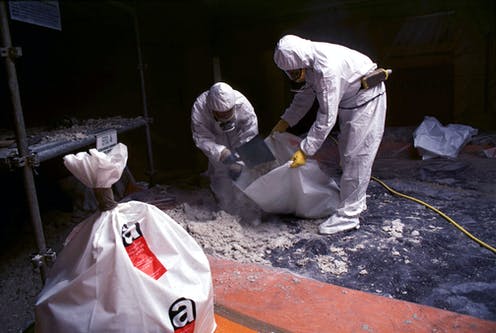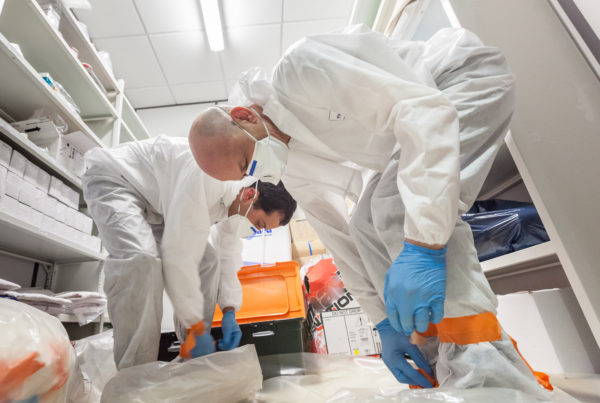Asbestos is a natural insulation mineral that has been used in homes, schools, buildings, and other industrial facilities. Due to its high resistance to various matters, Asbestos has been commercially utilised back then. Despite being a miracle mineral, Asbestos is also known as a silent killer due to the health risks of being exposed to asbestos fibres such as mesothelioma, lung cancer, and asbestosis. Thus, conducting an Asbestos Removal is recommended to the citizens and residents of Brisbane. In addition, using Personal Protective Equipment (PPE) and following safety requirements is vital when conducting an Asbestos Removal.
Since the health risks caused by Asbestos exposure can be deadly, wearing proper PPE and following safety requirements is vital to protect your health during Asbestos Removal. For the residents of Brisbane who live in a property with suspected Asbestos-containing material (ACM) or with excessive contents of Asbestos fibres, it is essential to have an Asbestos PPE Kit when conducting Asbestos Removal or when performing repairs. PPE materials are available from safety equipment distributors and hardware such as disposable masks, coveralls, and gumboots.
Personal Protective Equipment (PPE)
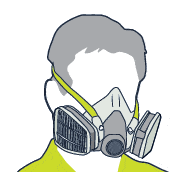
During an Asbestos Removal, all Asbestos removalist workers must have recommended PPE to ensure their health safety and further spread of Asbestos fibres. Workers are required to wear PPE throughout the work and within the Asbestos Removal site. It includes a wide range of items including disposable coveralls, masks, gloves, and Respiratory Protective Equipment (RPE). Also, to assure that workers are wearing the proper PPE, it is recommended to conduct a risk assessment following safety requirements.
To appropriately use the PPE, workers should wear it as follows:
- Coveralls
- Footwear
- Shoe Covers
- Gloves
- Mask (RPE)
- Protective Eye-wear
- Coveralls

Disposable coveralls are designed to protect clothing from being contaminated by Asbestos fibres. Coveralls are important to prevent the spread of Asbestos fibres by carrying them out of the Asbestos Removal site. Also, it is required to meet the recommended standards to avoid tearing and asbestos fibre penetration, including:
- Rated Type 5, Category 3
- Classified for Asbestos use
- Should be one size too big, to prevent tearing
- Comes with fitted elasticised cuffs and hood
- If coverall arms cuff is loose, they should be sealed with tape to prevent fibre penetration
- After fitting the shoe covers, make sure that coverall legs are placed over the shoe covers. Do not tuck it in to prevent fibre penetration.
- After fitting the eye-wear and mask, wear the fitted hood over and ensure that it covers the entire hair.
Apart from all the stated recommendations, coveralls should not be made with outer pockets, Velcro fastenings, and from an easily ripping material, to prevent getting easily contaminated and decontamination difficulties. It is also recommended not to be reused, brought home, and must be disposed of after a single use as asbestos waste. Although single-use coveralls are not practically reasonable, it is not recommended to wash them at home and must be washed in laundries equipped to wash Asbestos-contaminated protective clothing, but decontamination is not guaranteed. Thus, washing Asbestos-contaminated coveralls is not recommended.
Footwear and Shoe Covers
Safety footwear is essential when conducting Asbestos work. Workers must wear steel-capped or gumboots as they can be easily cleaned by wiping and have no laces. Footwear such as boots, or shoes with laces and eyelets are difficult to decontaminate which is why it is not recommended for Asbestos work. Moreover, gumboots are one of the most recommended footwear for Asbestos work since they can be re-used after decontamination for non-asbestos work.
Another important safety equipment to prevent Asbestos fibre penetration is the shoe covers. It should be worn over the footwear, be able to cover the entire footwear, and be secured at the top of the ankle. After securing the shoe cover, workers should pull down the coverall legs cuff to cover the shoe covers top. Also, to prevent the spread of Asbestos fibres, safety footwear must be stored in a storage facility within the Asbestos Removal site, stored upside down to lessen Asbestos contamination, decontaminated, and sealed in double bags for future Asbestos work.
Gloves
If there is an excessive amount of Asbestos fibres in the property, workers are recommended to wear single-use disposable gloves such as disposable latex gloves or nitrile or neoprene gloves. It should be tucked under the coverall cuffs and sealed with tape if the cuffs are loose. Moreover, all gloves used for asbestos work are considered asbestos waste. Workers are also advised to thoroughly wash their hands and fingernails before leaving the Asbestos Removal site. However, just like the coveralls, if the use of disposable gloves is not suitable, it can be decontaminated at laundries equipped to wash Asbestos-contaminated protective clothing.
Protective Eyewear
Asbestos workers are also required to wear protective eyewear at all times, especially when working with asbestos dust. After appropriately fitting an RPE, wear a fitting protective eyewear and wear the hood over the top of the RPE straps and eye-wear temples.
Respiratory Protective Equipment (RPE)
When working in an Asbestos Removal site all workers are required to wear RPE to prevent inhalation of Asbestos fibres and dust. Regular dust masks are not recommended for asbestos work since they cannot prevent asbestos penetration. Additionally, Asbestos workers should take note of the following safety requirement to use RPE effectively, including:
- In compliance with Australian Standard AS1716
- Should be worn throughout the asbestos work
- P2 filter to prevent 94% of airborne asbestos fibres
- P3 filter to prevent 99.95% of airborne asbestos fibres
- Decontaminate half-face non-disposable RPE with cartridge after every use
- Silicon material RPE is recommended than rubber for better fit and ventilation
- Male wearers should be clean-shaven in the sealing area
- RPE has various shapes and sizes so it’s important for wearers to conduct fit testing to ensure that they have the correct facial fit
- Evaluate the RPE straps, facepiece, seal, nose piece, and exhalation valve before and after conducting an asbestos work
- Remove only after going through personal decontamination
- RPE level can be changed depending on the levels of asbestos fibres within the Asbestos Removal site
Airline Respirators
Asbestos workers are recommended to use air-line respirators when working with Asbestos friable materials. It contains a belt-mounted backup filter device to provide appropriate respiratory protection throughout Asbestos Removal work. Also, the compressor must be placed in an area with good air quality to prevent asbestos contamination and should be filtered before supplying air to the respirators.
Decontamination
After Asbestos work, it is important to conduct decontamination on the worksite, workers, PPE, and other equipment that have been exposed to ACM. This process is essential to ensure that airborne Asbestos fibres are contained and disposed of properly to avoid carrying them outside the Asbestos Removal site and exposing other individuals. It is important to follow the decontamination procedure to prevent the spread of asbestos fibres, including:
Conduct wet and dry decontamination on the worksite
All contaminated equipment and clothing should be removed and contained within the work site, and dispose of as asbestos waste if it is not suitable for decontamination
All workers are required to undergo personal decontamination before they live the worksite, to remove Asbestos fibres from PPE and RPE
Workers are also advised to conduct personal hygiene and to thoroughly wash their hands, fingernails, face, head, and hair
